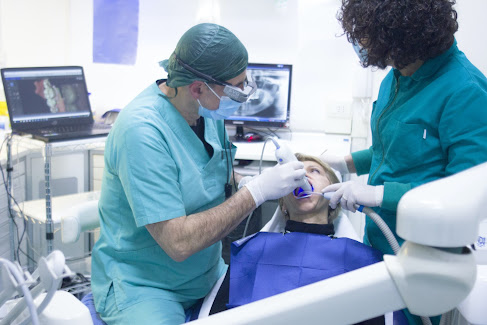How Sedation Dentistry in The Colony Can Help Children?
Fear of the dentist is a very frequent fear that prevents people from receiving good dental treatment. Many dental procedures are no longer difficult, but it only takes one frightening experience to cause anxiety. Fear of the dentist typically develops after an unpleasant or frightening visit as a child and persists into adulthood.
Sedation dentistry in The Colony is an excellent option to prevent an unpleasant dental appointment with your child. A child can receive the attention and therapy they require without having meltdowns by using various sedation procedures and doses depending on their level of anxiety.
Signs That Your Child May Need Sedation Dentistry in The Colony
Not every child is afraid of the dentist. There is no need to administer a sedative if they are comfortable enough to handle the visit. However, if they show certain indicators, you should think about your choices. Bring up the topic of sedation if the youngster has had one poor experience during a dentist visit and repeatedly complains about it. Children who exhibit other forms of anxiousness are also suitable prospects. Younger children who struggle to absorb their environment or stay still may benefit from light sedation to keep them calm in the chair.
What exactly is sedation dentistry?
Even with early appointments to the pediatric dentist in The Colony, some children develop anxiety about visiting the dentist. This can cause a slew of issues, such as the struggle and worry of taking a child to an appointment. Anxiety can also have an impact on the quality of care provided by the dentist. A restless, sobbing, and constantly moving youngster will make it difficult for the dentist to complete the process entirely and safely.
The use of sedation soothes the youngster, allowing the dentist to work in a pleasant setting. At the same time, it removes the child's recollection of a traumatic and hectic experience. The four types of sedation dentistry in The Colony are as follows:
- Inhaled sedation. This is the lightest type of sedative, in which the youngster inhales a nitrous oxide solution mixed with oxygen, sometimes known as laughing gas. The youngster is cognizant and attentive, but he or she is very relaxed.
- Oral sedation. This type of sedation is delivered via a tablet taken one hour before the treatment. It might cause mild to moderate drowsiness depending on the dosage.
- IV sedation. This is a moderate sedative that is administered via IV and works immediately. The child will have just a hazy recall of the treatment.
- Deep sedation. General anesthesia is the most severe type of sedative, and it will put the youngster to sleep. This sedative is given by inhaling a solution, and the youngster will have no recollection of the treatment

.jpg)
.jpg)

Comments
Post a Comment